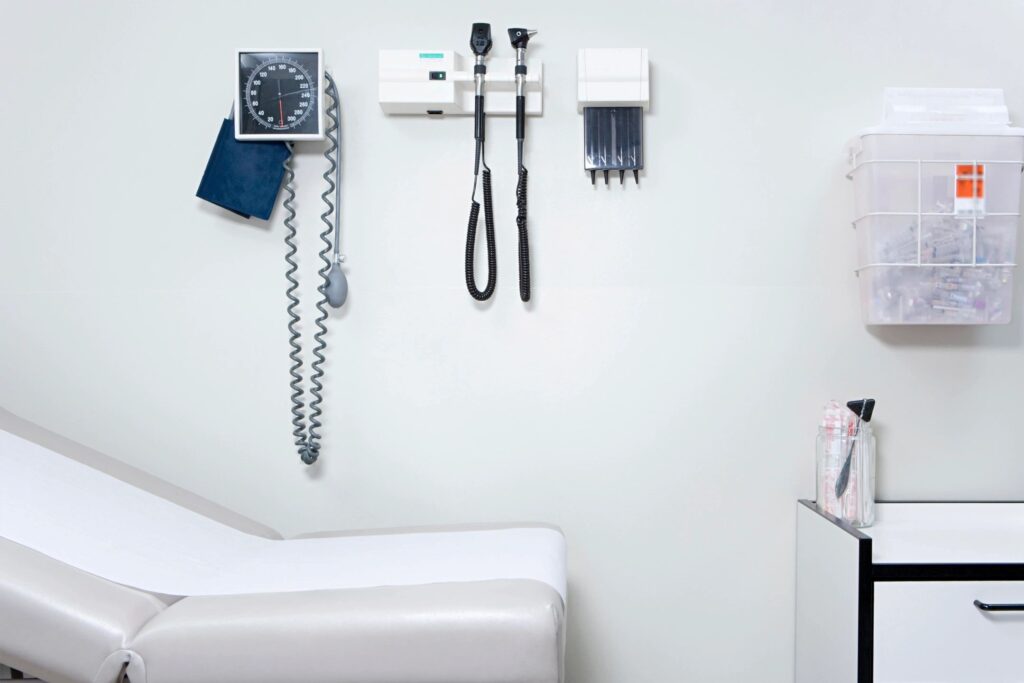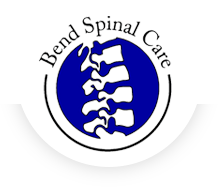Blood Pressure and Health
Chiropractic and Blood Pressure?

Chiropractic adjustments can significantly lower high blood pressure, a placebo-controlled study suggests.
Eight weeks after undergoing chiropractic adjustments to the cervical spine, 25 patients with early-stage high blood pressure had significantly lower blood pressure than 25 similar patients who underwent a sham chiropractic adjustment.
Compared to the sham-treated patients, those who got the real procedure saw an average 14 mm Hg greater drop in systolic blood pressure (the top number in a blood pressure count), and an average 8 mm Hg greater drop in diastolic blood pressure (the bottom blood pressure number).
None of the patients took blood pressure medicine during the eight-week study.
Chiropractic Cuts Blood Pressure (webmd.com)
What Is High Blood Pressure?

Blood pumping through the circulatory system is under pressure, much like the water in the pipes of a house. And just as too much water pressure can damage pipes and faucets, elevated blood pressure can be troublesome. Hypertension occurs when the force exerted against artery walls is abnormally high.
Over time, elevated pressure can cause a wide range of problems, to almost every area of the body. Small bulges, called aneurysms, may form in blood vessels. The heart can become enlarged, increasing the danger of heart failure. Damage to blood vessels in the kidneys can cause them to fail. Because tiny blood vessels in the eyes are especially vulnerable to damage, hypertension can lead to vision problems and even blindness.
Many factors can lead to high blood pressure. Clearly, diet plays a role. Too much salt, too little potassium, and too much alcohol have all been found to increase the risk of high blood pressure. Too much stress and too little physical activity both increase the danger of developing high blood pressure. And as with many chronic illnesses, high blood pressure also tends to run in families, suggesting that genetics plays a role.
In some patients, high blood pressure is related to other medical problems or can be a side effect of certain drugs. This form of the disease is called secondary hypertension, because it happens secondary to other medical conditions.
How Is Blood Pressure Measured?
High blood pressure is usually diagnosed using the familiar blood pressure test that involves a cuff wrapped around the upper arm. The cuff is inflated and then sensors measure the pressure of blood beating against the arteries.
A reading appears as two numbers. The first, the higher of the two, is your systolic pressure. That’s the force in the arteries when the heart beats. The second number is your diastolic pressure, or the pressure in the arteries when the heart rests between beats.
Normal blood pressure for a healthy adult is about 120/80mmHg. If someone were to take your blood pressure right after a stressful event or exercise it would be higher. Blood pressure is meant to fluctuate in response to what you are doing. It’s also normal for blood pressure to vary from person to person, even from one area of the body to another.
But if your resting blood pressure stays high, this is a cause for concern, and you should talk with your doctor about treatment. Hypertension forces the heart and arteries to work far beyond their capacity.
How High Is Too High?
People who have readings of 130/80mmHg or higher on at least two occasions are in the category of high blood pressure.
If your blood pressure is 180/120mmHg or higher you need to seek medical attention right away.
Your doctor could also tell you that you have something called prehypertension. That’s when your BP is just a bit higher than 120/less than 80. About 75 million Americans fall into this category. Prehypertension can raise your chance of damage to your arteries, heart, brain, and kidneys. Many doctors say prehypertension should be treated. Still, there’s no evidence that it provides long-term help.
Many people who have high blood pressure don’t realize they have it. It’s often called “the silent killer” because it rarely causes symptoms, even as it causes serious damage to the body.
Who Gets High Blood Pressure?
High blood pressure is more likely in people with a family history of high blood pressure, heart disease, or diabetes.
It’s also more common in people who are:
- Older than 55
- Overweight
- Inactive
- Heavy alcohol drinkers
- Smokers
How Is High Blood Pressure Treated?

Doctors have a wide range of high blood pressure treatments, which include both lifestyle modifications, pharmaceuticals, or a combination of the two.
How Can I Prevent High Blood Pressure?

You can prevent high blood pressure and lower your odds of getting heart disease by making a few changes in your lifestyle.
1. Consider changing your diet. A healthy diet can go a long way toward treating and preventing high blood pressure. Studies conducted by the National Institutes of Health have shown that changing your diet can lower blood pressure. And the results show up often within two weeks.
2. Get plenty of exercise. Regular aerobic workouts condition the heart and keep blood vessels working properly. It’s also wise to be as active as possible throughout your day, apart from your workout. Researchers at the University of Minnesota published results from a study of almost 4,000 people between the ages of 15 and 30 who were followed over time. The more active they were, the lower their risk of developing hypertension.
3. If you’re overweight, try to trim down. Even shedding a few pounds can make a big difference.
4. If you smoke or drink a lot of alcohol, consider making some changes. Your doctor can give you advice about the most effective ways to do that.
